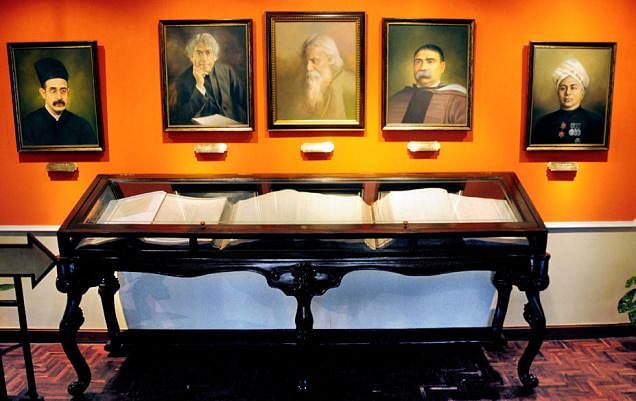There are also rare books and journals of the 19th and 20th centuries. Memorabilia and artefacts, portraits, busts and statues, dioramas, and murals have also been put up for display.
The interesting exhibits include complaint register of the Bank of Bengal (1889), notes of the Banks of Bengal, Bombay and Madras, account opening forms and ledgers of eminent personalities, leaflets and journals, weights and measures, swords and pistols, trophies, seals and insignia and old publications of the bank.
A wooden box in which a part of Mahatma Gandhi’s ashes was kept at the Cuttack branch for more than 46 years is another prized possession. The archive and museum serve to remind us of the rich legacy and history of banking in India beginning with the Bank of Calcutta set up to meet mercantile ambitions of the East India Company to post-independence State Bank of India.
Photo Courtesy: Museums of India website

